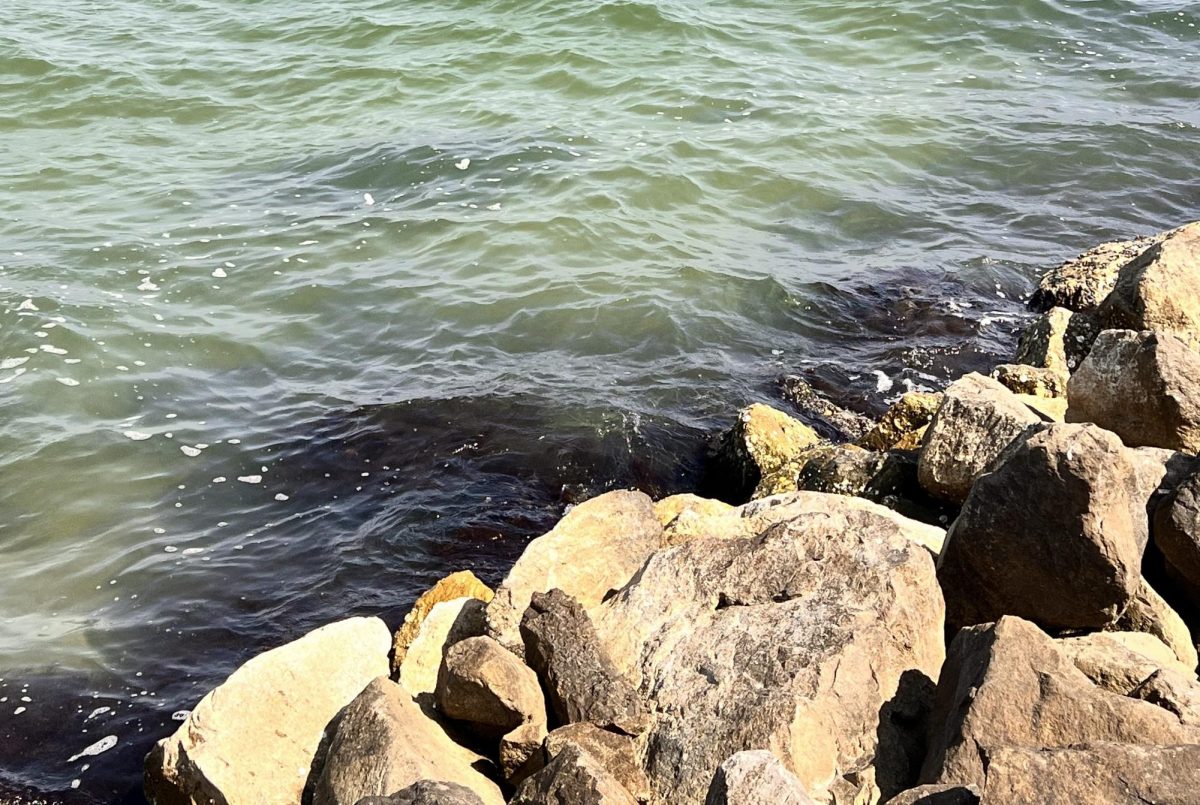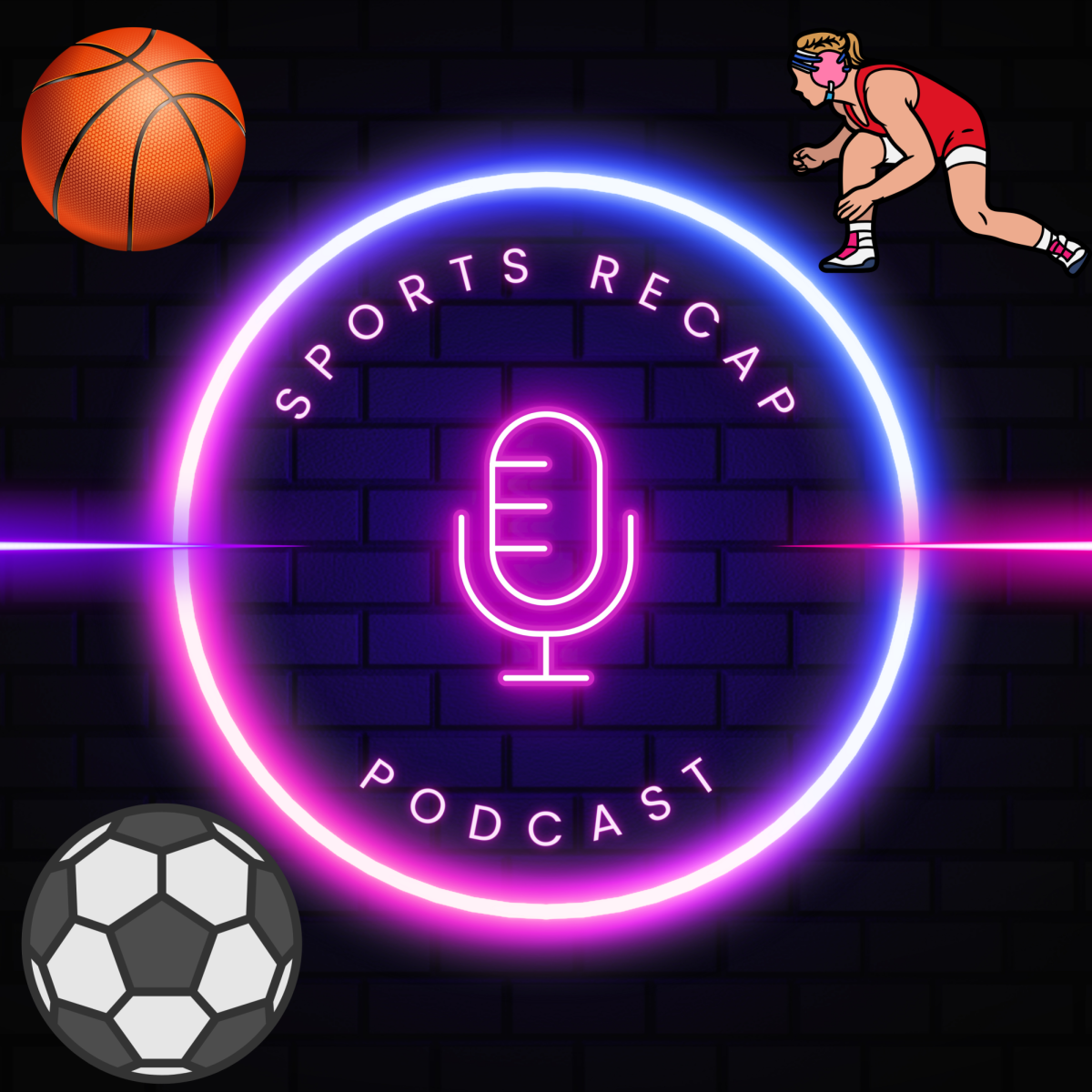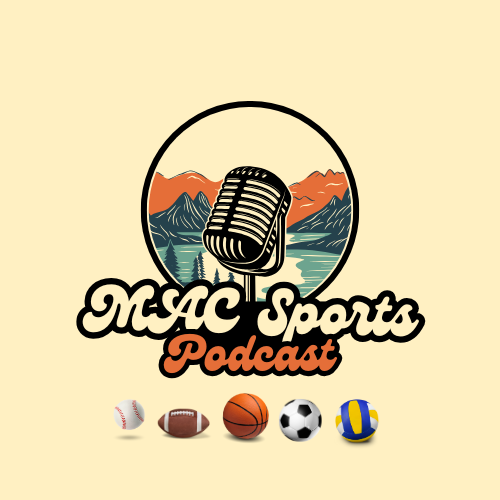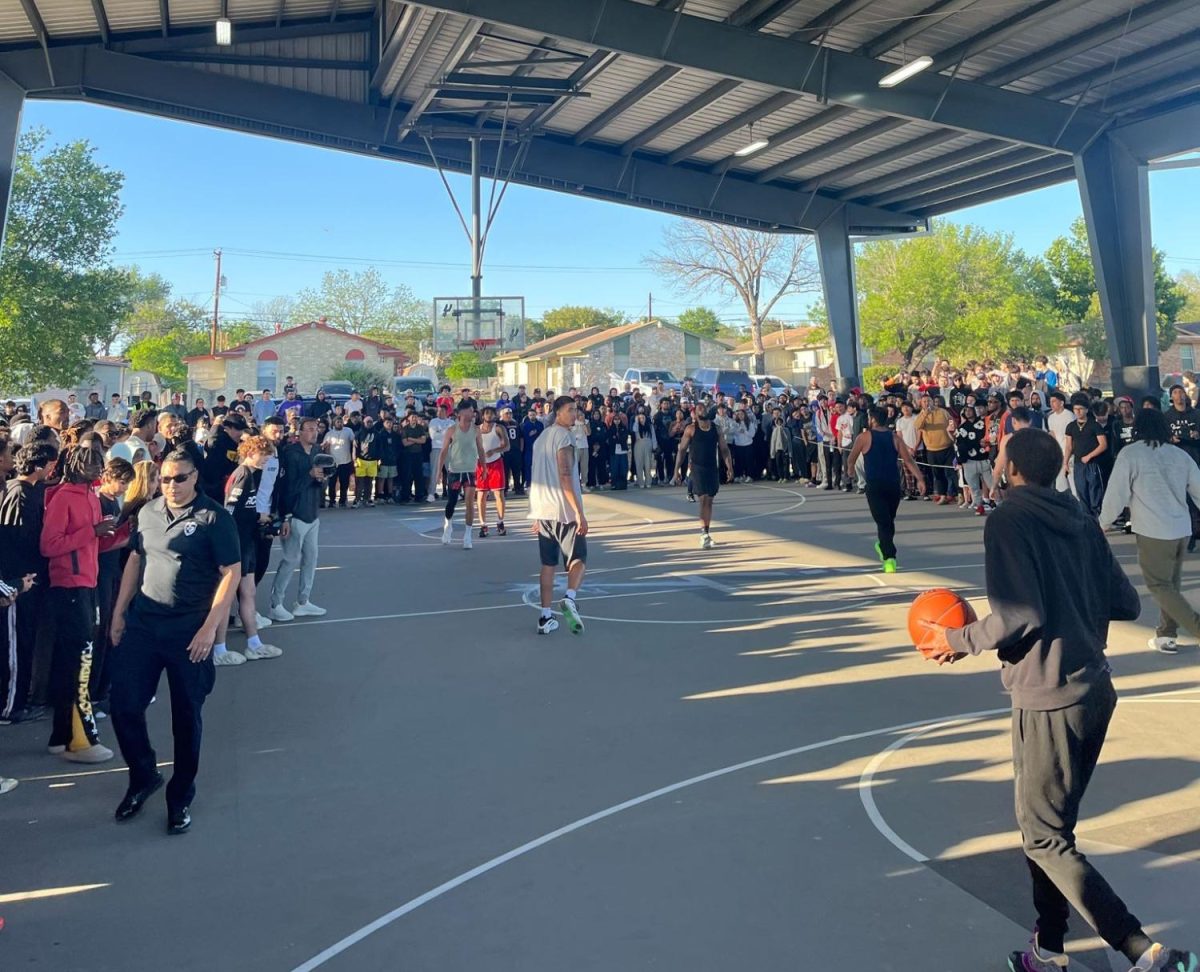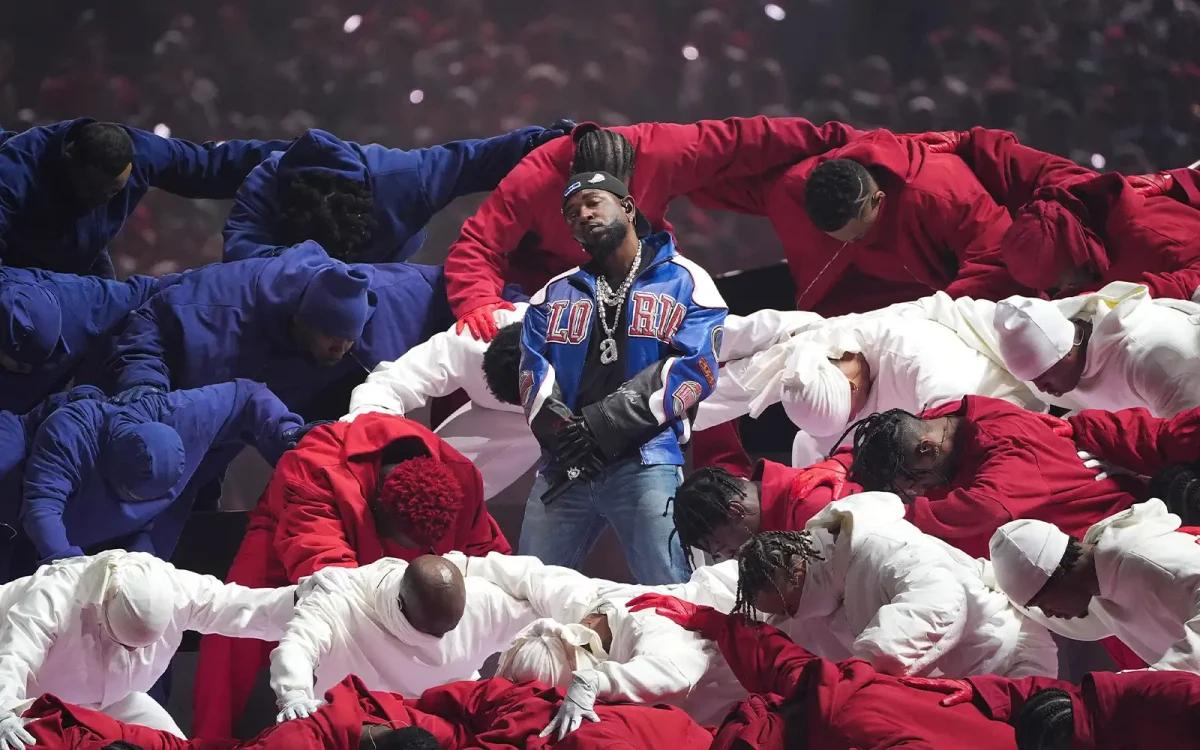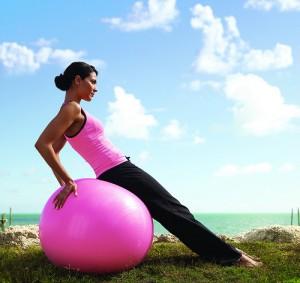
Whether it’s looking fly in that new bikini you waited all winter for or trying to impress the girl next door with impeccable abs, most of the teenage population is preparing themselves for beach stare-downs and the occasional “Ooo, check that kid out!” With summer just a blink away, time is closing in for crunches and laps in hopes of progression towards the perfect summer bod. However, procrastinators (such as myself) only have a few weeks to touch up on good looks. Fear not, dear worriers, I have surfaced a survival guide in attempt to maintain and outline your summer-set bod with workouts and easy-to-follow do’s and don’ts.
There are two reactions conveyed when the word “workout” is pronounced: “Oh noooo. I have to actually work,” or the occasional, “YES! Finally, the workout I’ve been waiting for!” I can assure you NO workout you may try will come without putting dedication and hard work to succeed; so BEWARE. Workout intensities are also labeled on a scale of one, being the easiest, to ten, as the hardest.
WORKOUTS:
Mac sports’ workouts tend to firm and found outlines of growing muscles, as well as trade in fatty features for athletes. Depending on what might be preferred for your perfect bod, there are varying routines intact throughout the campus.
Basketball Intensity: 9-10
“Our basketball routine is pretty brutal,” Bay Daily, freshman, said.
The stereotypical version of a basketball player consists of a long-legged, thin, calve-busting person with steady arms and a fast pace. However, not all players are thin and fast, yet they’re still in shape. The first aspect of the basketball workout focuses on the upper body, such as biceps and triceps.
“Part of the basketball workout involves weight running. The team holds a 20-pound bar in front of them while doing defense slides. The bar cannot go below their chin,” Coach Mark Murphy said.
If toning biceps and triceps makes your list of needs, this workout will not only help achieve your goal, but tone thighs and calves.
DO: Find the appropriate weight for you, squat in a comfortable position, and slide from left to right until your arms consistently begin to waver.
DON’T: Let your arms fall below your chin. Even if you start getting aches and feeling tired, keep trying.
Basketball not only focuses on upper body strength, but on the lower body due to the intense amount of running that occurs in the sport. The second part of the “Brahma-Ball” workout is comprised of running. Most players run an average of two miles outside of school, but constant drills add miles to this count.
DO: Acquire a comfortable running trail or track that is best suited for you. Start off slow with a mile a day and consecutively when ready. BRING WATER! I can not stress how important it is to bring water while running. Water from your body is released through sweat, so equilibrium in the body can’t be formed without drinking water.
DON’T: I repeat, DO NOT start running more miles a day than you can handle. This can create shin problems and over-stressed calves.
Baseball Intensity: 6-7
Focusing on major muscle strength, the baseball routine involves short sprints and arm workouts. Brahma baseball runs a mile a week, not including sprints or running by the players on their own time. Combining sprints to the equation, players run an average of three to four miles a week.
“We try to focus on everything. Nothing is more important than the other,” Coach Tom Alfieri said.
DO: Toss a medicine ball around with a friend. Count 20 sets, with 10 throws by each person per set.
DON’T: Put all your force into one throw. There are many reps and your arms will get tired; so be prepared. Also, medicine balls are heavy compared to others; hard throws may end up in bruised ribs.
DO: Toss a regular baseball or softball while running sprints. This will help hand-eye coordination as well.
Tennis Intensity: 4-6
As a current tennis player, I consider myself in shape. With constant sprinting and arm movement, my calves are rock-solid, and my “tennis muscle,” a.k.a. forearm, is a massive bulge. Like most athletes, I run about two miles outside of school a week.
The tennis workout features the Indian Run. This is made up of a line of people; the last person in the line must sprint to the front and so-forth. However, the entire line must be moving in at least a swift jog.
DO: Set up some sprint lines. First try short distance sprints, 20 at least. Then try longer sprints, increasing your stride size. This exercise will form and sculpt calve muscles.
DO: Play Wall Ball with a raquet or something of the sort. The swift movement of your arms will decrease arm fat.
DON’T: Run too much. Speaking from experience, shin splints are a very painful situation to obtain. Wear correct running attire. Also, try not to run flat-footed. Flat-footed running will increase stress on the shins.
In addition to these workouts, doing a set of 20 crunches 10 times a day will firm a nice set of abs. Being fit is all about how you are outside of the workout. Extra exercise will not only increase your rate of gaining muscle mass, but will also give you a healthier outlook on life.
Knowing that you’re going to have to sprint or perform crunches will limit fatty food intakes in your diet. No one wants to jog while filled with brownies and potato chips. Diets are also very important in staying fit. Throughout many health fairs and lifestyle classes, students are told time and time again that junk food is not particularly good for your body. Healthy foods such as fruits and vegetables will decrease your workout times. You don’t need three hours of running if you take in less fat.
Wether you survive the fitness world or skim the border between carrots and ice cream is all up to you. That summer love of the sun is just around the corner, and that bathing suit is calling your name.


